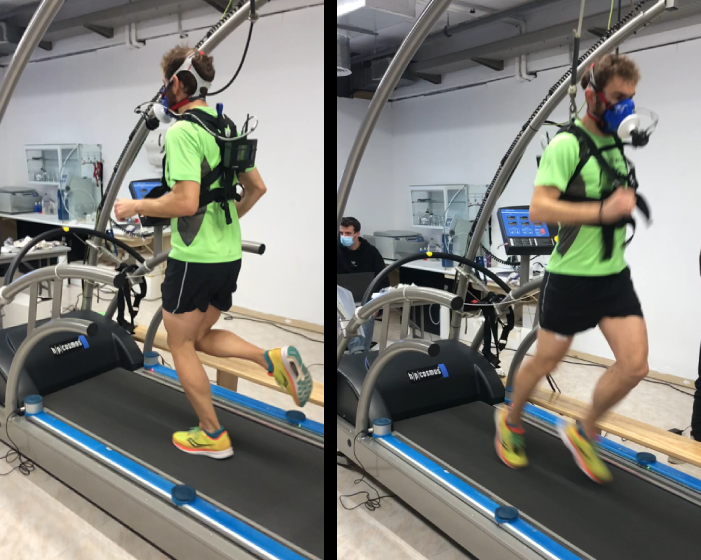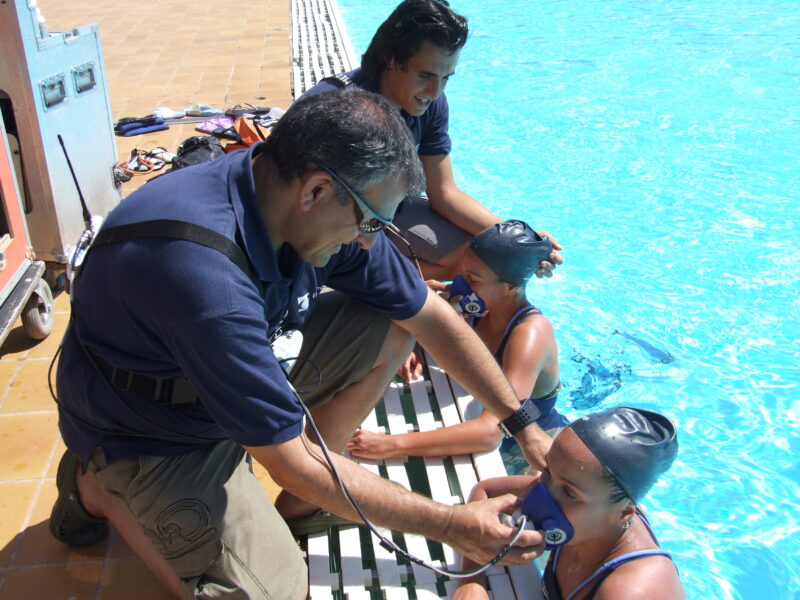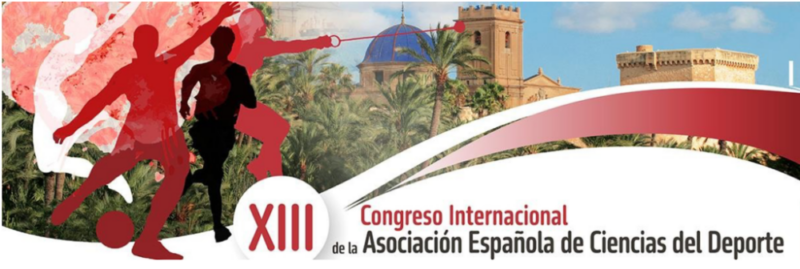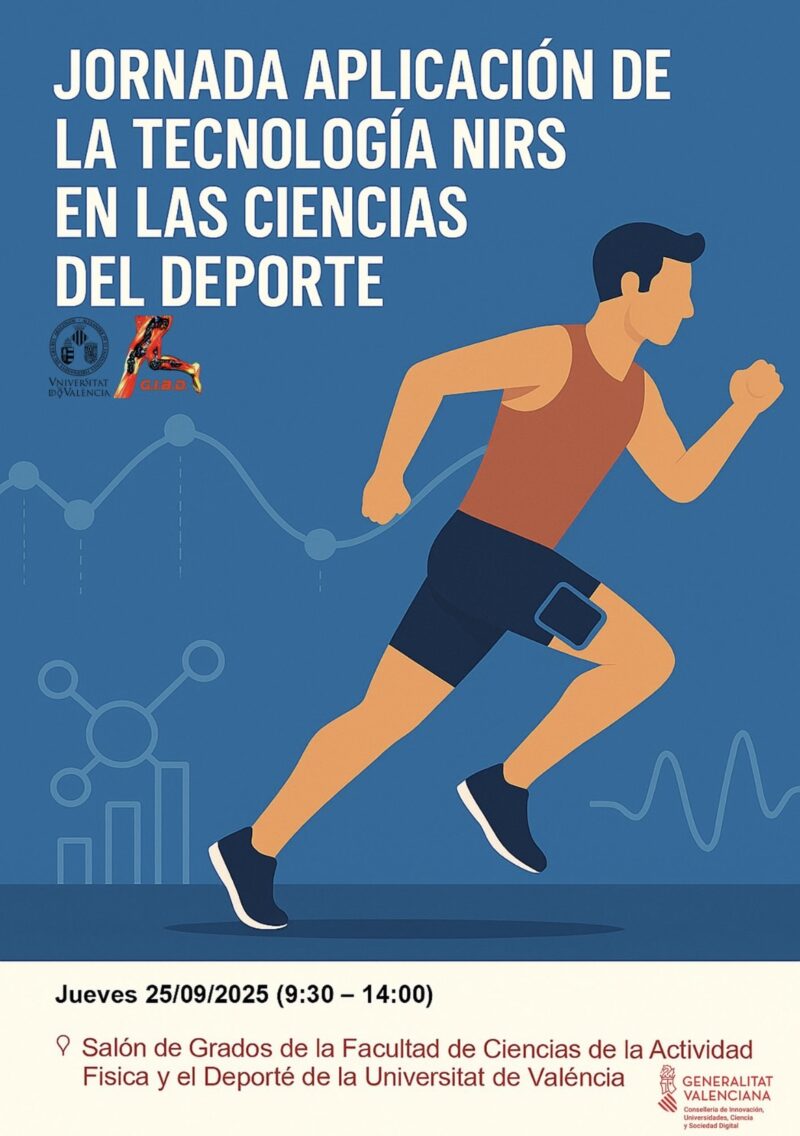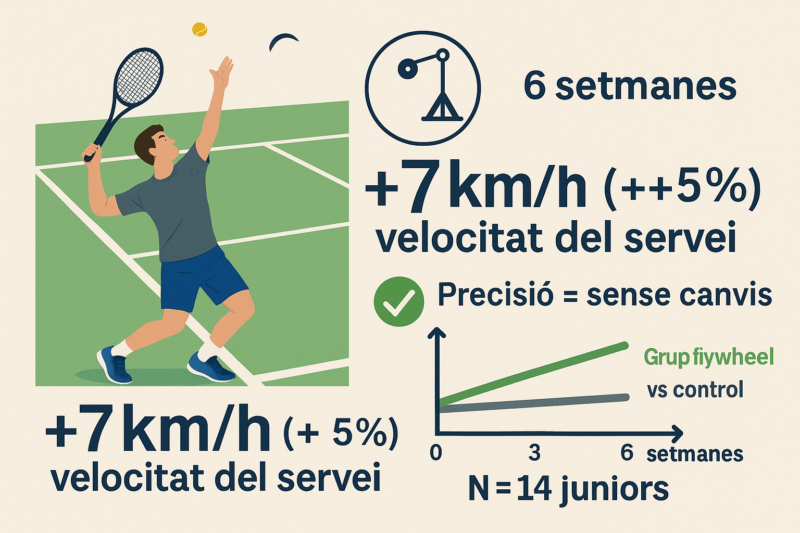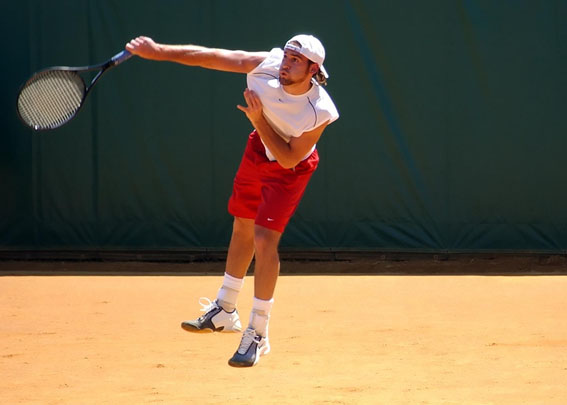
S’acaba de publicar un nou article del nostre grup de recerca a la revista International Journal Sport Physiology Performance: Six-Week Joint-Specific Isometric Strength Training Improves Serve Velocity in Young Tennis Players. Hi ha participat com a membre del nostre grup i autor principal el professor Ernest Baiget juntament amb el professor de l’INEFC de Lleida Francesc Corbi i el professor Joshua Colomar de la Universitat de Vic – Universitat Central de Catalunya (UVic-UCC). La recollida de dades es va realitzar al centre d’entrenament de nivell internacional Emilio Sánchez Academy de Barcelona. En aquest article es demostra com 6 setmanes d’entrenament isomètric aplicat en angles i posicions específiques del servei de tennis produeixen augments significatius de la velocitat de servei en jugadors joves de competició sense cap efecte negatiu sobre la precisió de servei. La millora de velocitat de servei es produeix com a conseqüència de la optimització de la corba de força-temps de l’articulació de l’espatlla, d’aquesta manera es corrobora la rellevància de la capacitat de produir força en temps curts en el rendiment del servei en tennis en jugadors de competició.
Baiget, E., Colomar, J., & Corbi, F. (2023). Six-Week Joint-Specific Isometric Strength Training Improves Serve Velocity in Young Tennis Players, International Journal of Sports Physiology and Performance, 18(2), 148-156. https://doi.org/10.1123/ijspp.2022-0292
Published: Six-Week Joint-Specific Isometric Strength Training Improves Serve Velocity in Young Tennis Players by @Ernestbaiget, @JoshuaColomar, Francisco Corbi https://t.co/dMakzfzWNH
— Int'l Journal of Sports Physiology and Performance (@IJSPPjournal) February 12, 2023
Abstract:
Purpose: Evaluate the effects of 6 weeks of specific-joint isometric strength training on serve velocity (SV), serve accuracy (SA), and force–time curve variables. Methods: Sixteen young competition tennis players were divided into an intervention (n = 10) or control group (n=6). SV, SA, maximal voluntary isometric contraction, peak rate of force development, rate of force development, and impulse (IMP) at different time frames while performing a shoulder internal rotation (SHIR) or flexion were tested at weeks 0, 3, and 6. Results: The intervention group showed significant increases in SV from pretest to posttest (7.0%, effect size [ES] = 0.87) and no variations in SA. Moreover, the intervention group showed significant increases from pretest to posttest in shoulder-flexion rate of force development at 150 (30.4%, ES = 2.44), 200 (36.5%, ES = 1.26), and 250 ms (43.7%, ES = 1.67) and in SHIR IMP at 150 (35.7%, ES = 1.18), 200 (33.4%, ES = 1.19), and 250 ms (35.6%, ES = 1.08). Furthermore, significant increases were found in shoulder-flexion rate of force development from intertest to posttest at 150 ms (24.5%, ES = 1.07) and in SHIR IMP at 150 (13.5%, ES = 0.90), 200 (19.1%, ES = 0.98), and 250 ms (27.2%, ES = 1.16). SHIR IMP changes from pretest to intertest were found at 150 ms (25.6%, ES = 1.04). The control group did not show changes in any of the tested variables. Conclusions: Six weeks of upper-limb specific-joint isometric strength training alongside habitual technical–tactical workouts results in significant increases in SV without SA detriment in young tennis players.


